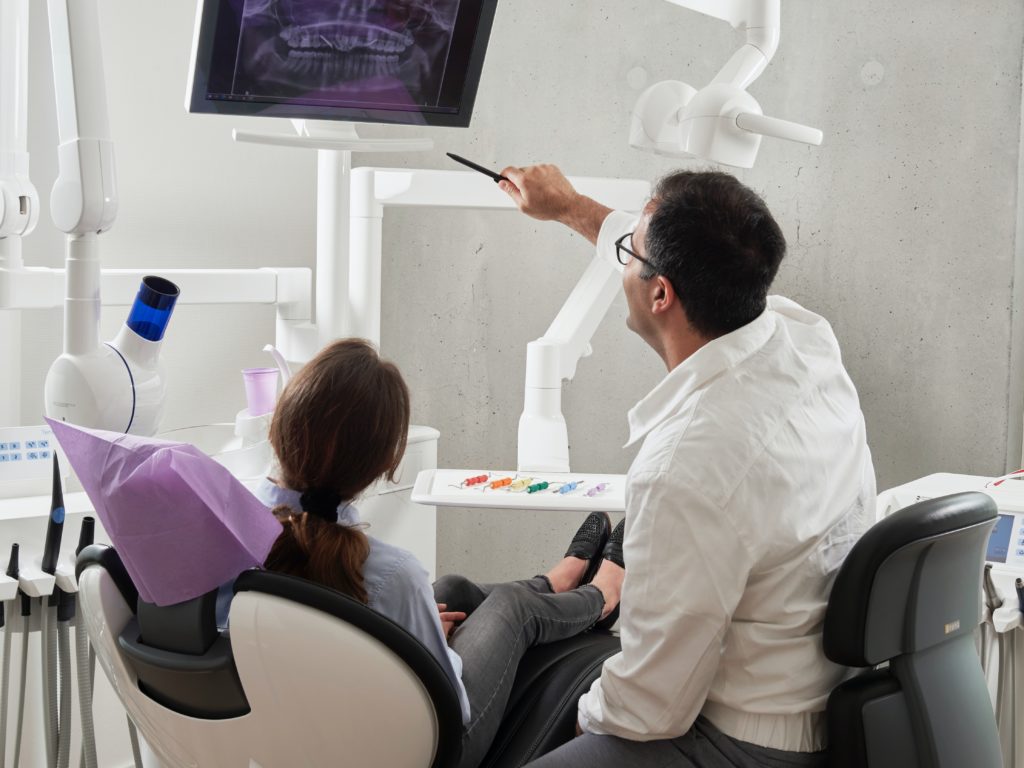An interesting article titled “How to manage the principal-agent problem in dentistry,” appears in the June 2022 edition of the Journal of the American Dental Association (JADA) written by Ben Balev (no. 153, issue 6, pp. 588-589). The article discusses the principal-agent problem, in which the dentist operates as the agent for the patient who is the principal and there is an imbalance of power between the patient and the dentist in decision making.
In the dentist-patient relationship, the dentist has specialized knowledge that the patient lacks, and the patient seeks to make up for their lack of knowledge by having the dentist help in oral health decisions. Such a relationship requires that the patient trusts that the dentist functions in their best interest. However, sometime the patient questions the dentists motives behind their treament recommendations. The patient may wonder if the dentist is prioritizing interests that are self-serving or if they
themselves have enough knowledge to make an informed decision. A moral hazard exists if the dentist is obtains all the rewards of the decision but faces no consequences if the risks of a decision occur.
The author of the article presents an example of a moral hazard in this dentist patient relationship. Hypothetically, a patient has an unrestorable abscessed wisdom tooth without any opposing tooth for occlusion. In this case, replacing this wisdom tooth would not make the patient better off functionally or esthetically. The dentist however may recommend an implant because of its financial benefits. However, the patient incurs all the risks with having an implant such as failure of the implant and complications from the procedure. According to the author, this causes an economically inefficient use of the patient’s limited health care resources.

When a patient follows through with through with treatment that is of minimal to no benefit or even harmful, adverse selection occurs. The author presents an example of adverse selection. Hypothetically, a patient may request a dentist to replace their clinically sound amalgam restorations with composites because they read online that denal amalgams can cause multiple sceloris. The dentist complies but this causes the patient to use their economic rescources inefficiently and risks potential harm from dental surgery for this replacement for no real benefit. Adverse selection can be minimized by having patients receieve second opinions and base their decisions on reliable health information. Dentists can help guide patients in balancing the likelihood of a desirable outcome against the cost and risks of treatment.
The article goes on to discuss how clinical decision making should be based on the highest level of scientific evidence available, be based on clinical experience, and be patient-centered. The author states that a well-conducted systematic review of the scientific evidence is considered the best resource to help in these decisions. The author discusses how science is used to guide the dentist-patient decision-making process in a world that has imperfect information, uncertainty, and choice. The author states:
“Dentists must be conscious of their position of power over the patient to avoid taking advantage of it. Specifically, care should be safe, evidence based, and respectful of the patient’s personhood and should involve patients actively in all clinical decisions regarding their oral health care.”
The article provides three critical questions that can be answered to help critically appraise information. This incudes 1) is the scientific resource trustworthy? 2) are the results and conclusions of the resource clinically important? and 3) is the information asserted from the resource important to the patient? The author acknowledges that dentists have a responsibility to insure that their practices are profitable. However, they should due so while maintaing their fiduciary duty to the patient in the decision making process.
